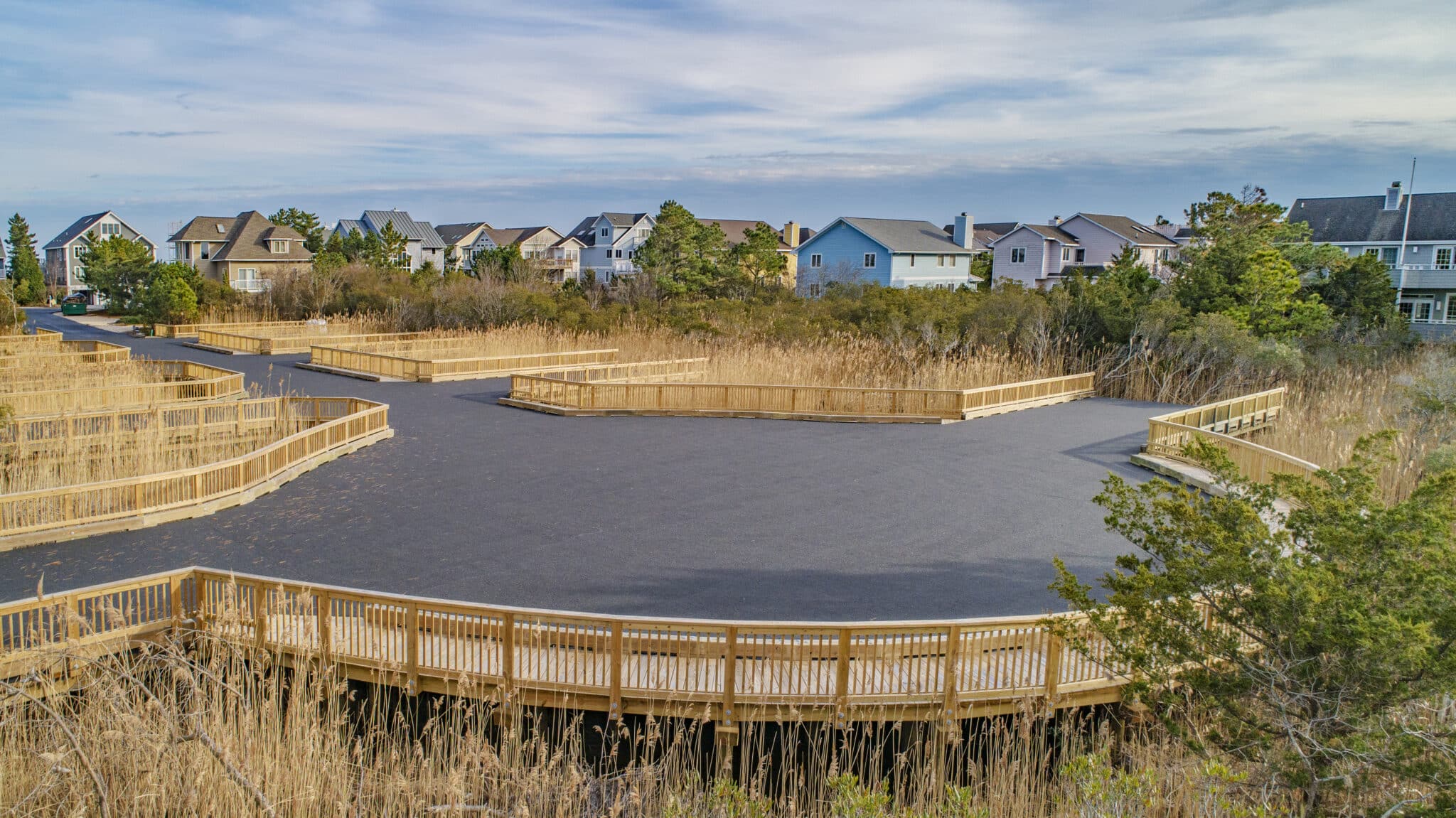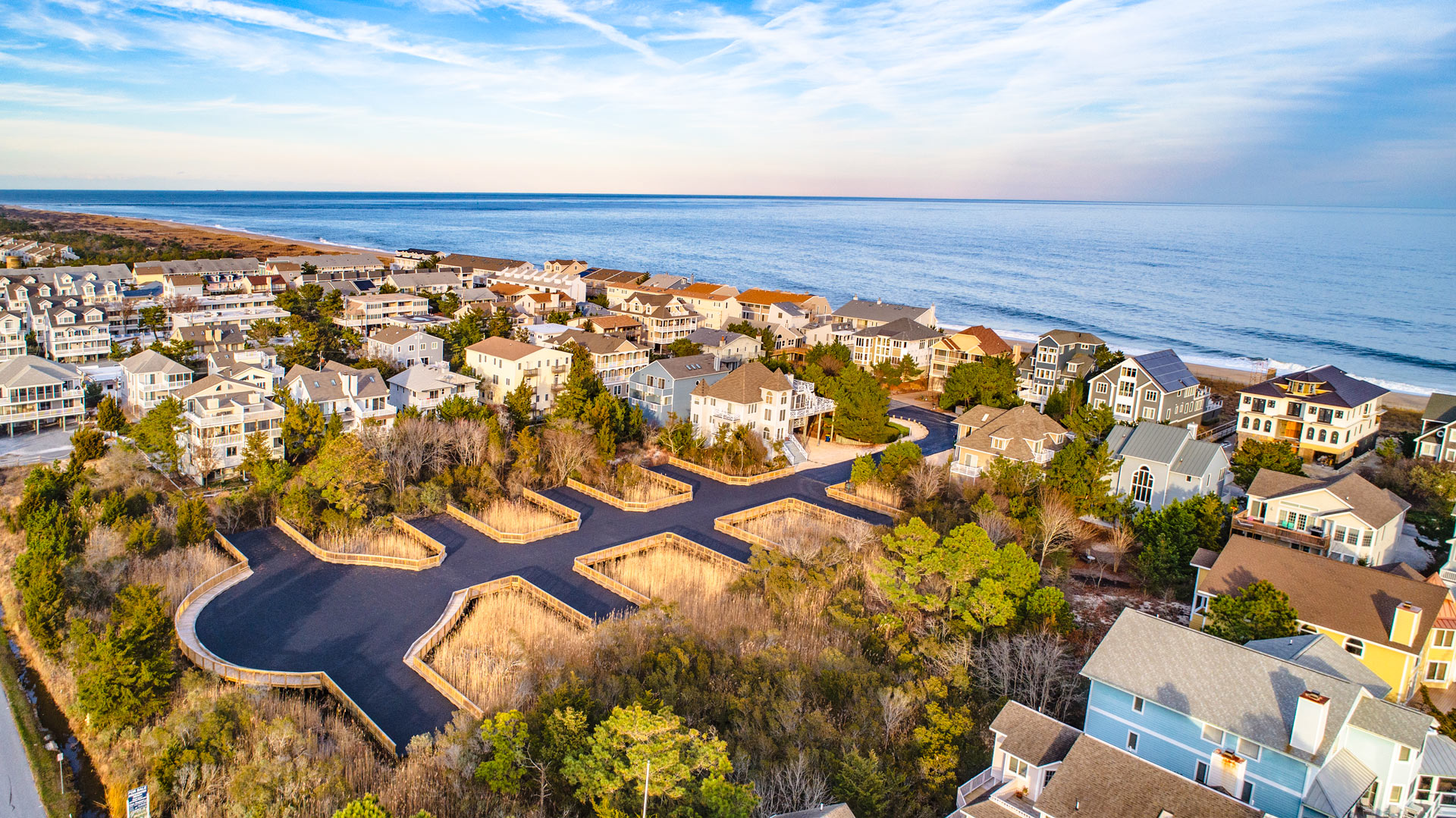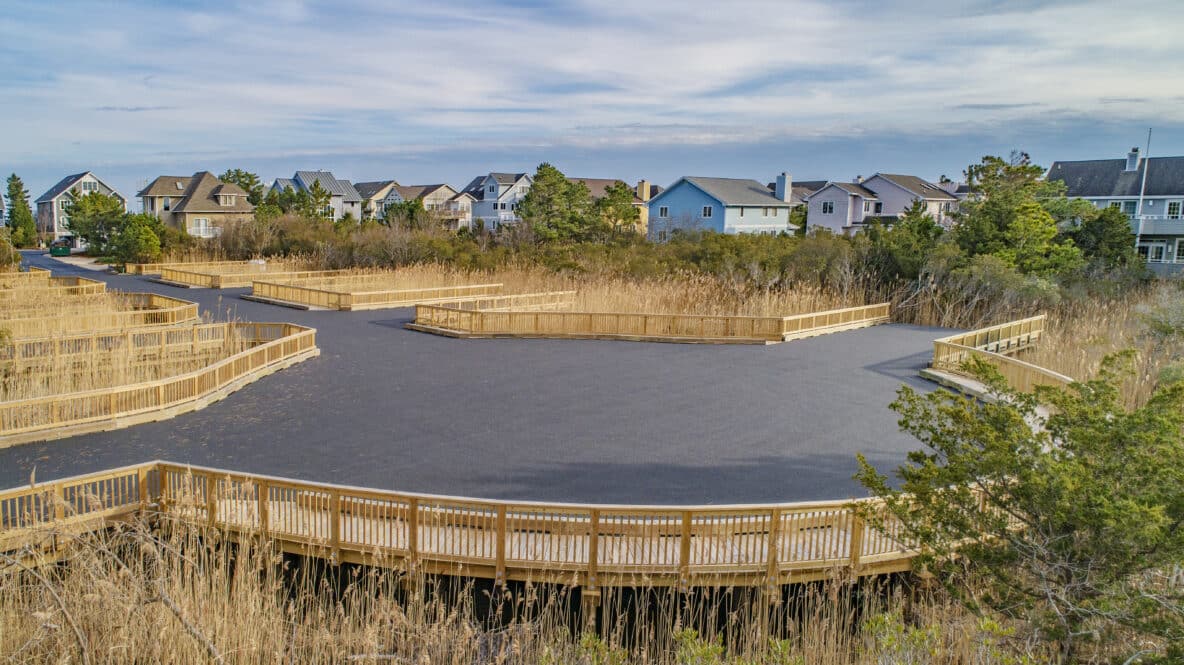
Regulatory Considerations for Building in Wetlands
Wetlands are some of the most ecologically sensitive and protected areas in the world, they play a critical role in flood mitigation, carbon sequestration, and habitat preservation. However, constructing infrastructure in these delicate environments presents unique challenges that require strict adherence to environmental regulations.
For projects like timber bridges and boardwalks, compliance with wetland protection laws, such as the North American Wetlands Conservation Act (NAWCA) and U.S. Army Corps of Engineers (USACE) Section 404 Permits, is crucial. Additionally, developers must navigate state and local environmental regulations to ensure minimal ecological disruption. This article explores the key regulatory requirements governing wetland construction, emphasizing York Bridge Concepts' (YBC) approach to regulatory compliance and sustainable timber bridge construction.
Understanding the North American Wetlands Conservation Act (NAWCA)
The North American Wetlands Conservation Act (NAWCA) was enacted in 1989 to promote wetland conservation projects across the United States, Canada, and Mexico. The law provides funding for wetland protection, restoration, and enhancement to support migratory birds and other wildlife.
Key Provisions of NAWCA:
- Grants for Conservation: Federal matching grants are available for projects that enhance wetland habitats (U.S. Fish & Wildlife Service, 2022).
- Public-Private Partnerships: NAWCA encourages collaboration between government agencies, non-profits, and private developers.
- Project Approval Process: Developers must submit proposals demonstrating how their project aligns with NAWCA's goals of habitat conservation and restoration.
For timber bridge and boardwalk construction, aligning with NAWCA guidelines can facilitate project approval and grant funding opportunities.
U.S. Army of Engineers (USACE) Section 404 Permitting
The Clean Water Act (CWA) Section 404 regulates the discharge of dredged or fill material into wetlands and waters of the United States. Permitting is overseen by the U.S. Army Corps of Engineers (USAE) in coordination with the Environmental Protection Agency (EPA).
Types of USACE Section 404 Permits:
- Individual Permits - Required for projects with significant environmental impacts. These permits require a detailed environmental review and mitigation plan. YBC can provide you drawings and necessary documentation for submittal.
- Nationwide Permits (NWPs) - Available for projects with minimal environmental effects, such as boardwalks and timber bridges (USACE, 2021)
- Regional General Permits (RGPs) - Issued by regional USACE offices for specific activities in designated locations.
State & Local Wetland Protection Laws
In addition to federal regulations, state and local governments impose their own wetland protection laws. These may include:
- State Wetland Protection Acts: Many states, such as California and New York, have stringent wetland conservation programs.
- Municipal Buffer Zones: Some jurisdictions require bugger zones around wetlands to prevent encroachment (National Wetlands Inventory, 2020).
- Stormwater Management Regulations: Wetland projects must often include stormwater management systems to prevent runoff pollution (EPA, 2022).
Sustainable Timber Bridge Construction & Regulatory Compliance
York Bridge Concepts (YBC) works with you to ensure our timber structures are in full compliance with wetland regulations while delivering aesthetically pleasing, durable timber bridges and boardwalks. YBC's commitment to regulatory adherence includes:
- Deck-Level (Top-Down) Construction:
- Reduces soil compaction and prevents disturbance to wetland hydrology.
- Eliminates the need for temporary access roads, minimizing environmental impact.
- Use of Environmentally Approved Materials:
- Sustainably sourced timber that meets Forest Stewardship Council (FSC) certification standards (FSC, 2022).
- Eco-Friendly wood treatments to prevent harmful leaching into water sources.
- Collaboration with Environmental Agencies:
- YBC works along side of you with state and federal regulators to ensure projects meet all permitting and mitigation requirements.

Case Study: Breakwater Beach, Delaware
One notable example of YBC's regulatory compliance is with the Breakwater Beach Community Project in North Bethany, Delaware. The project included:
- 20,600 sqft elevated cul-de-sac over sensitive wetlands.
- Compliance with USACE Section 404 permitting and local wetland buffer zone regulations.
- With a raised deck their was little to no need for erosion control measures for sediment. Water is able to flow freely beneath the raised deck with tidal changes.
By integrating sustainable construction techniques, YBC successfully delivered an eco-friendly boardwalk while meeting all regulatory requirements.
Future Trends in Wetland Construction Regulations
As climate change intensifies, wetland protection regulations are expected to become more stringent. Future trends include:
- Increased Wetland Buffer Requirements: More states are expanding buffer zones to protect wetland edges from encroachment (EPA, 2023)
- Advancements in Green Infrastructure: Use of permeable surfaces and living shorelines will play a bigger role in future wetland projects.
Navigating wetland construction regulations is essential for ensuring project approval and environmental sustainability. With NAWCA funding opportunities, USACE Section 404 compliance, and adherence to state and local policies, developers can successfully integrate infrastructure into wetlands while protecting their ecological value.
York Bridge Concepts continues to lead the industry with low-impact, regulation-compliant timber bridge, and boardwalk construction, ensuring that wetlands remain preserved for future generations.
Environmental Protection Agency (EPA). (2021). Wetlands protection and Section 404 permitting. Retrieved from https://www.epa.gov/wetlands
Forest Stewardship Council (FSC). (2022). Sustainable forestry certification. Retrieved from https://www.fsc.org/
National Wetlands Inventory. (2020). Wetland buffer zones and municipal regulations. Retrieved from https://www.fws.gov/law/north-american-wetlands-conservation-act
North American Wetlands Conservation Act (NAWCA). (2022). Funding and conservation initiatives. Retrieved from https://www.fws.gov/program/north-american-wetlands-conservation
U.S. Army Corps of Engineers (USACE). (2021). Section 404 permitting requirements. Retrieved from https://www.usace.army.mil/
U.S. Fish & Wildlife Service (USFWS). (2022). Wetland conservation policies. Retrieved from https://www.fws.gov/law/north-american-wetlands-conservation-act
U.S. Geological Survey (USGS). (2020). The role of wetlands in flood prevention. Retrieved from https://www.usgs.gov/special-topics/water-science-school/science/wetlands
York Bridge Concepts (YBC). (2023). Sustainable timber bridge construction. Retrieved fromhttps://www.ybc.com/sustainable-construction/
Create Your Legacy Today
Discover the intersection of strength, durability, and environmental responsibility with York Bridge Concepts. Let's build a bridge to the future together.

